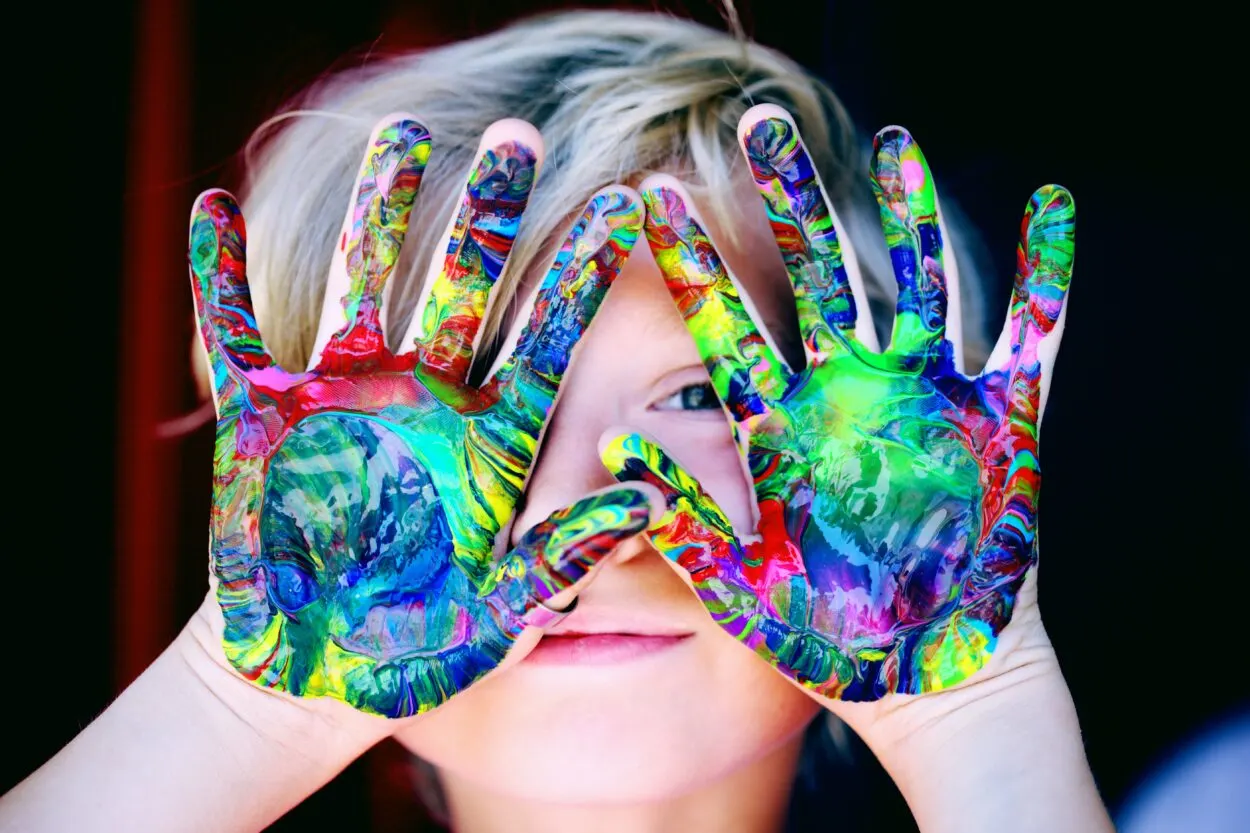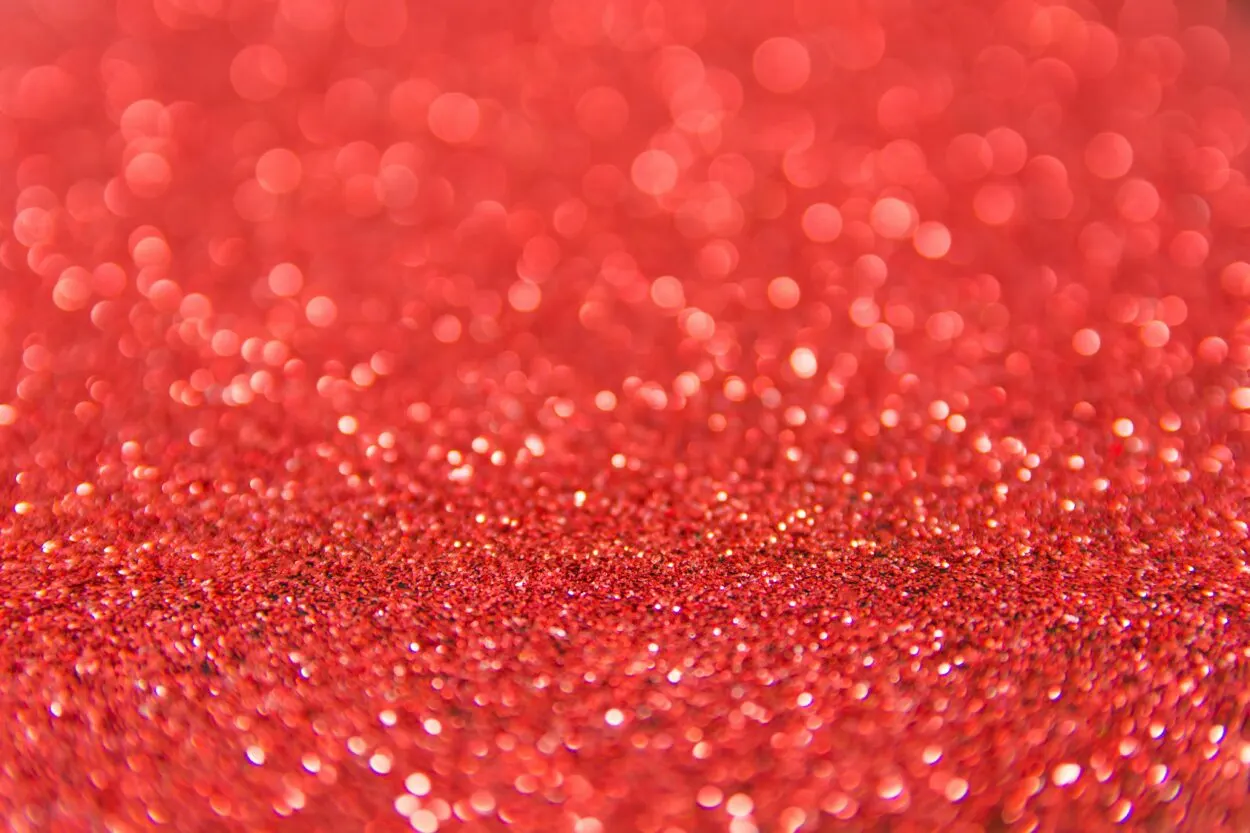Each color has a wide range of dimensions, ranging from high to low because the color is based on the property of light absorptions, therefore, can’t be the same.
The rainbow serves as an illustration of the range of colors it displays. You can always blend colors to see new hues; you never have to pick just one. You always have the option of being creative with colors.
Apricot, peach, and coral colors are all halfway between orange and pink on the color wheel. A spectrum like that can be found in sunsets, seashells, and flowers.
In terms of hue, they are all essentially variations of pale orange. Peach is said to be red + pale orange, producing a reddish-orange color; whereas Apricot is yellow + pale orange, producing a color that is yellowish orange; and Coral is pink + pale orange, producing a color that is pinkish orange.
Keep reading to know more about the individuality of peach, coral, and apricot, and how they differ from each other; let’s begin!
What Are Colors?
More than ten million different colors, hues, tones, and tints are visible to the majority of individuals. There is a wide range of varieties.
The visual representation of an electromagnetic spectrum wavelength is called color. The human eye has three primary cone receptors, and they are naturally most sensitive to the red, green, and blue base frequencies.
A color space is a system for arranging colors in a structured and logical way. Several approaches can be taken, depending on the application and viewing circumstances.
A shade is a color that has been made darker by the addition of black, as opposed to a tint, which is a color that has been lightened by the addition of white.
The tone has changed as a result of the use of neutral grey. A hue is a discernible amount of variance from a recognized color.
Colors Representing Emotions

Real emotions can be experienced in a variety of situations. You can experience a wide range of emotions while reading poetry or listening to music.
Similarly, the right colors can have a similar impact on emotions when employed in artwork and paintings.
Students’ performance was negatively impacted when they viewed the color red before completing an exam, according to research from the Universities of Rochester and Munich.
Red ink is commonly used to indicate mistakes on school papers, hence the color is connected to errors and failures in the classroom.
Color theory plays an important role in consumers’ lives as it has psychological effects on human behavior.
Let’s look at some colors and the emotions they portray.
| Color | Emotion |
| Green | Fresh and Uplifted |
| Blue | Cool and Vibrant |
| Yellow | Happy and Bright |
| Pink | Feminine and Youthful |
| Orange | Warmth |
| Red | Passion and Love |
What Is A Peach Color?
The name “peach” comes from the fruit’s characteristic orange, yellow, and white colors.
The warm and vibrant yellow and orange of this color are softened by the neutrality of the white.
Peach has a remarkably cozy feeling to it. When one thinks of this color, images of sunrises, summer, and luscious fruit all spring to mind.
Depending on how much white is added to the orange and yellow base colors, peach can have a variety of tones and tints.
Whether used as a background color or as a foreground color, peach pairs wonderfully with blues. For a refined and feminine appearance, you can also combine spearmint and gold.
What Is A Coral Color?
Coral is typically a pinkish-orange color, while there are occasionally different coral hues that lean more pink, red, or orange.

In most instances, the hue can be described as a vivid orange-pink that still contains red, though.
The color comes from the precious corals or marine invertebrates found in the ocean, which can also vary in color but mainly have a pink-orange color.
Humans have long drawn inspiration from the natural world, and coral is one such instance where the lovely pink, orange, and red hues presented by aquatic species are often employed in print, web, design, and other media.
What Is An Apricot Color?
With a variety of brown and mild yellow tones, apricots are a member of the orange color family.
Compared to the typical example of the fruit it is named for, it is considerably lighter. Apricot is a recognized color by the Pantone Institute, and they may offer advice on how to use it in your design.
Occasionally, apricot might resemble salmon, which combines the colors pink and orange. It looks great in contrast to different tones of green.
Blue can also be used as the foundation hue for presentations and graphics with a global feel.
Are Coral And Peach The Same Color?
Coral tends to be more of a vivid pinkish orange, as opposed to peach, which is more of a soft reddish-orange, and apricot, which is a pastel yellowish orange.
This affects what you can pair the color with. Coral complements other “fruity” hues like peach, apricot, and watermelon beautifully.
Due to its dark tone, coral is frequently chosen when someone wants to showcase a representation of their work, but peach is a delicate color that symbolizes warmth and is frequently used for decoration.
The colors peach and apricot are associated with excellent communication, vitality, energy, and fun, respectively whereas apricot stands for enthusiasm, happiness, success, and encouragement.
What Are The Differences Between The Colors Peach, Coral, And Apricot?

Peach, Coral, and Apricot belong to the family of Orange color. The main difference lies within the mix of shades each individually represents.
Coral lies in the red spectrum, and in the sea, the natural coral is usually more red than orange. In nature, it has a reddish-orange hue.
Peach is a pink-tinged, pastel variation of orange and some people refer to it as “washed-out coral”. Its name was derived from the distinctive shade of orange, yellow, and white that made up the fruit’s skin.
A lighter hue of orange, apricot is a pale yellowish-orange tint. neither red nor pink on the scale. The hue is reminiscent of apricot fruit.
Simply put, peach is somewhat more orange and lighter than coral, which still has a stronger shade of orange than the apricot, which is slightly more orange and whiter than peach.
What Color Is Closest To Apricot?
The salmon color subspectrum, which includes the pale orange-red subspectrum, includes apricot.
It is a warm color that can generate sentiments of joy with its orange undertones. It’s a positive hue that makes you feel young.
It functions incredibly well with organic, natural textures. It’s a terrific color for summer because it’s a happy, bright shade.
Apricot is ideal for a relaxed, bohemian atmosphere. To create this look, pair the color with organic textures like light-colored wood or macrame wall hangings.
If you don’t seem to still like the Apricot color, that’s fine. You can always switch to similar-looking colors of apricot which are:
- Melon
- Baby Pink
- Rose Quartz
Alternatives To Peach, Apricot, And Coral Color
Saffron

Its name is derived from the priceless spice saffron and describes a brilliant hue of yellow. According to how you see color, saffron might at times not seek like yellow or orange.
Buddhist monks in India frequently wear this color, which also symbolizes Indian culture.
Despite the reddish hue of the saffron spice, many people relate the color of saffron to the rising sun since it has an orange-yellow combination.
Tangerine

Tangerine is a zesty, vibrant color that’s frequently utilized to enhance themes that are enthusiastic and upbeat.
Tangerine, like other orange hues, is frequently linked to ideas of warmth, youth, and enjoyment.
Some people associate the color with sunsets, while others associate it with a colorful array of delectable foods. By any means, it represents pleasant or positive emotions.
Conclusion
- Peach, apricot, and coral are all warm colors that belong to the orange color family and are typically used for light indoor decoration. They also symbolize youth and vitality in art.
- Peach is a light, cool hue made up primarily of white, orange, and a tiny bit of additional red, similar to the color melon in the reference image.
- Salamanders and Coral are most similar, however, Coral has a little extra red added to it. The color is simpler to describe as a peach with redder and a little less white. I find it to be darker than peach and apricot.
- Simply said, apricot is the most “yellowish” of the three and is a lighter hue of peach. It represents a variety of emotions like optimism and confidence.
- Peach is a light color, therefore, seems to generate warmth, vitality, and friendliness, whereas Coral is a dark shade of orange femininity, acceptance, and individuality.

